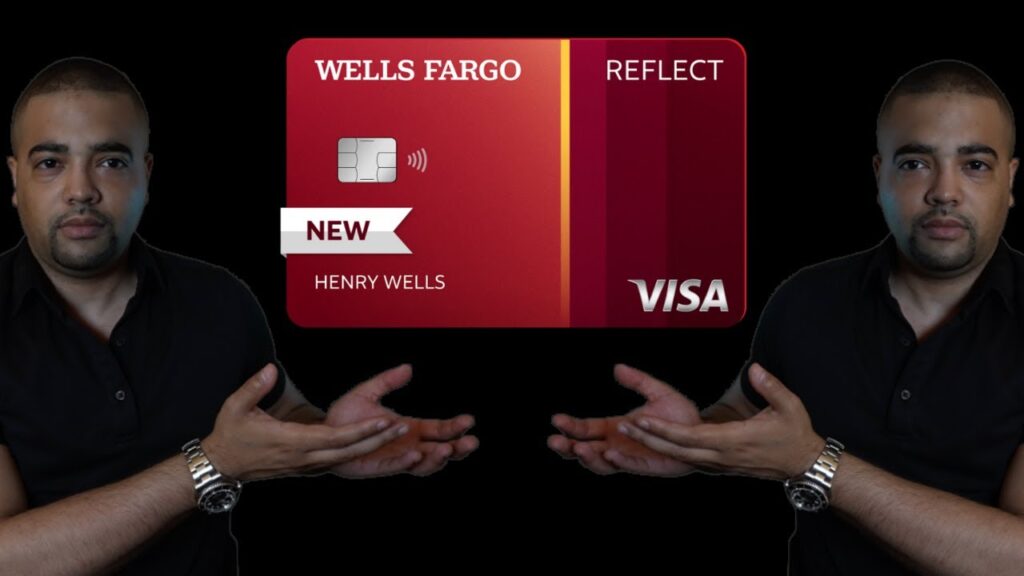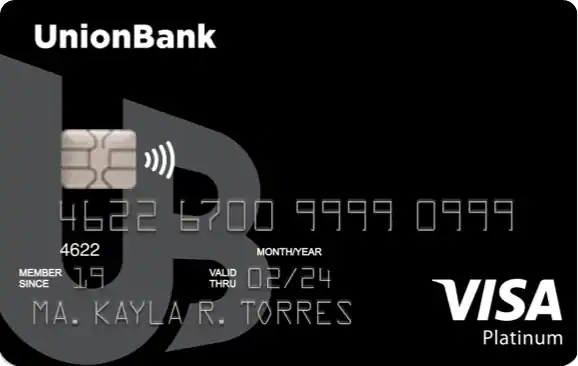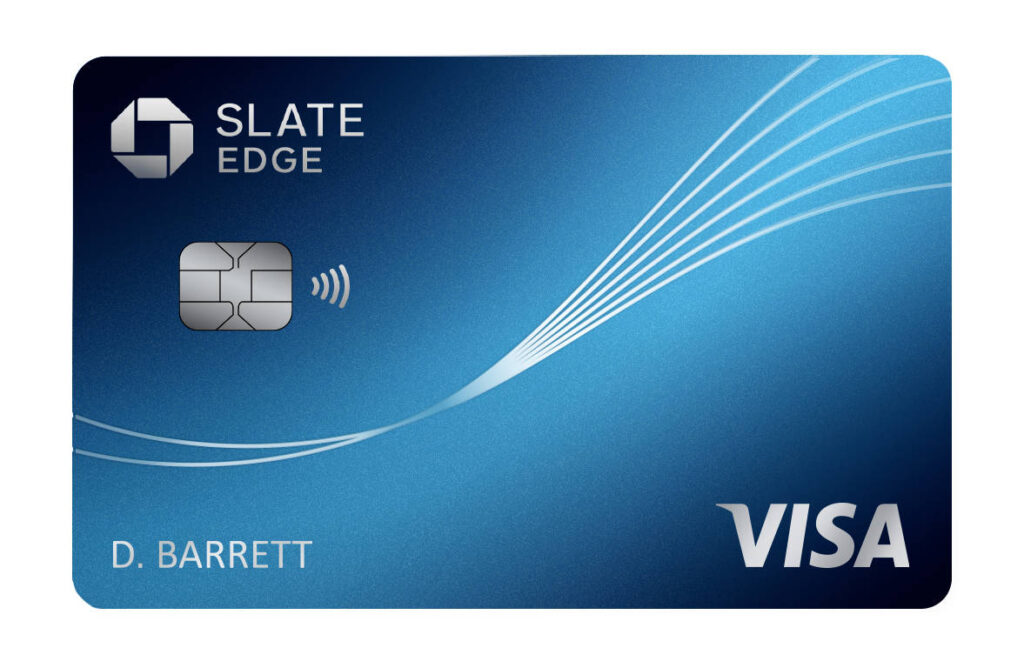Best Balance Transfer Cards — 0% Intro APR Until 2023
Here the Best balance transfer credit cards in 2023. A balance transfer credit card with a zero or low-interest introductory period can save you a lot of money in interest charges.
Here The 3 Best Balance Transfer Cards
Wells Fargo Reflect® Card

Highlights
Insurance and defense protection for mobile devices, accident damage waiver for rented cars
We choose it: The Wells Fargo Reflect® Card outperforms rivals in practically every area regarding balance transfers, including a more extended introductory period, a cheaper balance transfer fee, and a favorable regular APR.
The longest time we saw for balance transfers and purchases with 0% APR is up to 21 months at Wells Fargo, followed by a variable APR range of 16.74%-28.74%. Its main competitors have higher minimum regular APRs than it does.
A small catch exists. If you make all minimum payments on time, the bank will extend the original 18-month 0% APR balance transfer offer for three more months.
Making all of your payments on time is still ideal for your credit score, so that this additional incentive may benefit both parties.
Although other rivals provide 21 months without restrictions, the Wells Fargo Reflect® Card does differ in crucial respects.
In addition, it gives this 21-month offer on new purchases, whereas other cards only provide shorter terms on purchases, often 12 to 15 months.
The Wells Fargo Reflect® Card features one of the most extended grace periods of 120 days from account opening, compared to many other cards’ 60 or even 30-day grace periods, which are generally shorter.
Additionally, the Wells Fargo card has a cheaper balance transfer cost of 3% during the first 120 days and 5% after that.
Last but not least, this card includes advantages that most of its primary rivals do not, such as a rental car collision waiver and up to $600 in cell phone protection, as well as the ability to earn some cash back in targeted offers through My Wells Fargo Deals.
Union Bank® PlatinumTM Visa® Credit Card

The Union Bank® PlatinumTM Visa® Credit Card offers the best transfer fees.
Highlights
Insurance and defense
If an item is stolen or damaged 90 days after purchase, cardholders may be entitled to a $500 reimbursement under the purchase security program.
Why we choose it: Due to a unique feature that can save cardholders money, especially those who are transferring sizable sums, the Union Bank® PlatinumTM Visa® Credit Card does not impose a balance transfer fee for a specific amount of time.
When transferring large sums of money in balance, fees can add up. The typical 3% transfer charge may limit how much you can move if the amount you need to transfer is large enough.
It could increase your overall debt and hurt your credit utilization ratio.
When you share within the first 60 days of account opening, the Union Bank® PlatinumTM Visa® Credit Card eases your worries by waiving the transfer charge completely.
Compared to most other credit cards, it offers 15 months of 0% introductory APR on purchases and balance transfers, followed by a variable APR range of 12.24%–23.74%. Moving your balance from a high-interest-rate credit card will be particularly beneficial.
Even if the promotional term is shorter than other options, the lack of a balance transfer fee makes it attractive to those who can pay off the entire balance during the promotional period and those who want to transfer enormous sums of money.
Even once the introductory period is over, the card’s variable APR range is lower than many rivals, which might make a significant difference if you’re still striving to pay off debt.
Chase Slate EdgeSM Credit Card

Chase Slate EdgeSM Credit Card: The Best for Fair Credit
Highlights
Insurance and defense
Purchase protection, an extended warranty, and a collision damage waiver for rentals of cars
We chose it: The Chase Slate EdgeSM offers a protracted promotional period and helpful tools to help customers rebuild their credit scores.
The Chase Slate EdgeSM provides a robust platform for raising your credit score, even though it is usually geared toward those who are just beginning to develop their credit.
If you already have the lowest APR conceivable in your first year, keep in mind that it will stay the same. It offers 0% APR for the first 18 months, followed by 17.99%–26.74% APR.
Additionally, Chase will lower your APR until it hits the Prime Rate plus 9.74% (currently 15.99%) if you pay all of your monthly bills on time and use the card for at least $1,000 annually.
If you transfer during the first 60 days after account opening, the cost is $5 or 3% of the total assigned, whichever is higher. The remaining amount is $5, or 5% of the total balance.
Additionally, if you pay all your bills within the first six months of opening your account, the card’s current welcome offer may increase your credit limit by $500.
These features greatly assist cardholders who wish to understand how to develop credit, enhance their creditworthiness, and achieve a lower APR towards the end of their promotional period.
Guide to Balance Transfer Credit Cards
There is much to learn about balance transfer credit cards, especially if you plan to make a sizable transfer that may impact your finances or credit.
Please continue reading to learn more about these cards, how they function, and the specifics that can assist you in making the best choice.
What is a credit card for balance transfers?
Credit cards with balance transfers permit new cardholders to transfer debt accrued with other cards for a predetermined period at a low or 0% APR.
These introductory APR periods typically last for 18 to 21 billing cycles. Balance transfer-unfocused cards often have shorter promotional periods or even none at all.
While many of these cards have a 5% balance transfer fee, some do not, or for a short period, they provide a reduced amount, such as 3%.
Transfer balances at 0%
When you move a balance from one card to another, the interest rate will be the APR of the new card.
When you receive a 0% intro APR offer, your debt won’t accumulate interest for a predetermined amount of time, allowing you to pay it off without additional fees.
How does transferring a balanced work?
An arrangement between two credit card companies is a balance transfer. In essence, the issuer of the card you are transferring the balance and settles your debt with the issuer from which you are moving the amount.
Depending on the amount and your payment history, both parties must agree to the transfer before it may be made.
What is balance transfer charge?
A percentage of the total balance you are transferring is what most issuers charge as a balance transfer fee.
Typically, it ranges from 3% to 5%, or $5, whichever is higher (spoiler: the percentage is almost always more significant).
Most cards charge a 5% balance transfer fee. However, some do so for a limited time as part of a promotion.
As an illustration, if you transfer a $2,000 debt within the first 60 days of account opening, your final balance on your new card will be $2,060 (3% of $2,000 is $60).
Your credit would be $2,100 if you transferred it at a later time when the transfer fee is 5% instead.
Some cards, like the Union Bank® PlatinumTM Visa® Credit Card, don’t impose a balance transfer fee during that time.
These are incredibly uncommon, though, and some issuers may attempt to compensate by providing an interest rate that is a little bit higher, such as 0.99% as opposed to 0%, as is the case with the Navy Federal Credit Union® Platinum Credit Card.
How long does transferring a balance take?
Depending on both issuers, a balance transfer may require a different amount of time to take effect. Five to seven business days are typical.
While it is possible to monitor the usage of both cards at once on a credit report, you might notice the change reflected on one card before the other. (If that does occur, there is no need to panic; the duplicate will shortly vanish.)
What are the balance transfer restrictions?
There are no restrictions on the transfer amount other than the credit limit of the new card. However, keep in mind that the proportion of the price may limit your options.
You will need enough credit to transfer around $1,940 plus the $58.20 cost if your available credit is $2,000 and the balance transfer fee is 3%.
How to pick a credit card for a balance transfer
Most debt transfer cards provide an introductory APR of 18 to 21 months, but there are many other factors to consider before deciding which card to use.
The best credit card for you will depend on your financial situation, your payment schedule, and the benefits you anticipate from the card.
Measure introduction periods side by side
If you’re specifically looking for credit cards with 0% APR, the length of the deal and whether it will be long enough to pay off the majority, if not all, of your debt should be your top priorities.
Regular cards frequently offer an introductory low-APR term on purchases and balance transfers.
They typically vary from nine to fifteen months, while specialty balance transfer cards provide anywhere from eighteen to twenty-one.
Verify the balance transfer price and the transfer window
When you transfer debt, most balance transfer cards impose a fee, usually between 3% and 5%. Estimating how much it will cost if you have a sizable balance to transfer is crucial because that difference can be rather significant.
It might be sufficient in some circumstances to affect the card you choose.
Furthermore, if you can’t execute the transfer right away, you should consider that certain issuers only provide the lower 3% for a brief period of time, ranging from 30 to 120 days.
The duration of some cards’ exclusive introductory offers will also be restricted.
For instance, some may stipulate that you must complete the transfer within 60 days (or whatever time frame is applicable) to benefit from the advertised 0% APR, but if you wait, you will be subject to the standard APR.
Other costs in mind
The last thing you want is more fees to drive up your balance when trying to get out of debt on your credit cards.
First, as some of these costs can become a significant burden, you may purchase a balance transfer card without an annual fee (annual fees are pretty rare among balance transfer cards).
Second, consider overage charges. Some issuers permit you to go beyond your limit to avoid refusing a transaction, although they could charge you a fee.
After a balance transfer, you might not have much accessible credit left, which could increase your risk of mistakenly exceeding your credit limit.
Third, check whether there are late fees and penalty APRs associated with the card. After a late payment, some issuers increase the account’s APR as a penalty, while others add a fixed fee to your balance. Some, however, combine the two.
Most of the time, penalty APRs do not apply to current balances, but late fines are levied immediately.
Examine incentives
The rewards program on credit cards is one of its most alluring aspects.
While most debt transfer-focused credit cards will only provide the most generous travel rewards (for those, see our list of the best travel credit cards), some occasionally do.
Benefits like extended warranties or phone protection can be found even with no cash back or points. These cards are frequently more advantageous than those that provide a temporary low-APR period.


